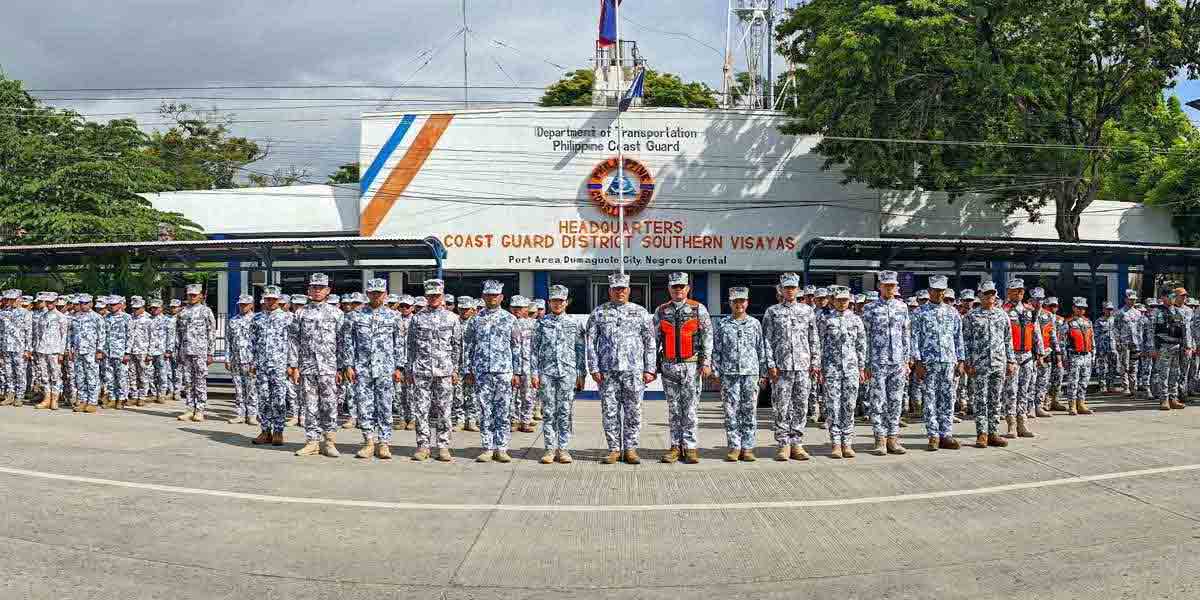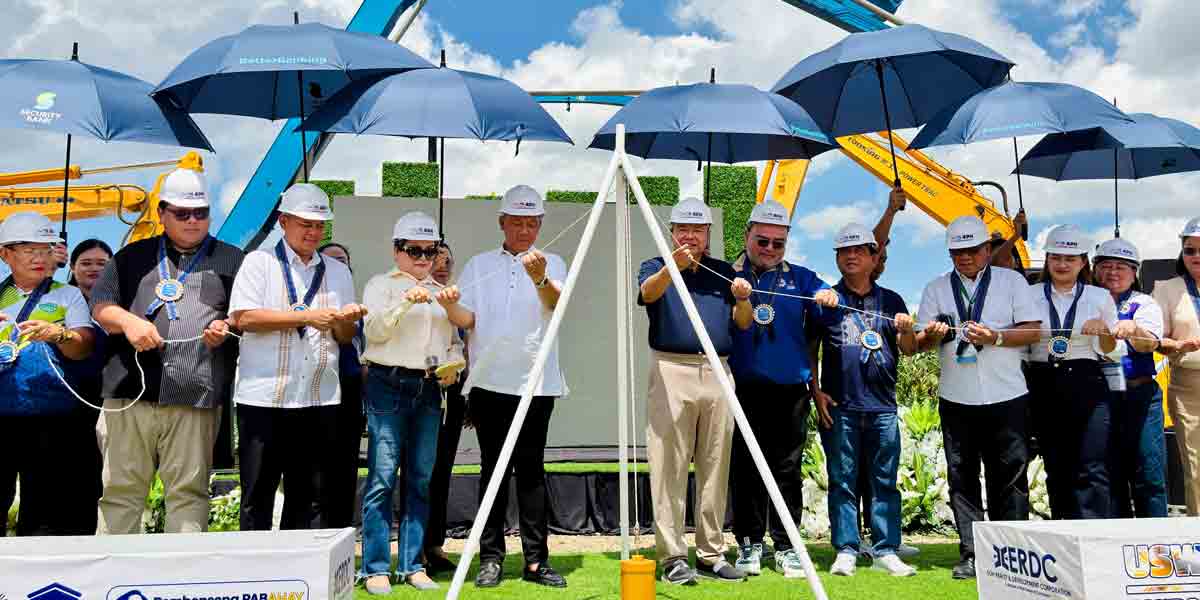
TIGBAUAN, Iloilo – The milkfish fry sufficiency program of the Bureau of Fisheries and Aquatic Resources (BFAR) is easily achievable through partnership with Southeast Asian Fisheries Development Center (SEAFDEC).
While hatchery technology is available, financial constraints get on the way in terms of building and maintaining hatchery complex.
In fact at present, BFAR Region 10 in Cagayan de Oro claims it has thousands of broodstocks and breeders in Camiguin but needs more hatchery tanks to accommodate bangus eggs during full operation.
CDO reportedly supplies fry needs of Regions 8, 9, 11 and other parts of Mindanao and Luzon.
BFAR X Director Teodoro Bacolod is hopeful that given the necessary logistics, they can supply fry needs of the whole Mindanao.
Region XI (Davao) claimed that they can also produce fry from their hatcheries but not enough to supply the needs of the region for lack of hatchery tanks to accommodate excess eggs.
The significant decline of milkfish fry, left milkfish producers no option but to depend heavily on private and government milkfish hatcheries and to some extent imported fry from Indonesia.
The launching of BFAR’s National Bangus Fry Sufficiency Program last year aimed to respond to scarcity of milkfish fry. Along with this, SEAFDEC and BFAR are now jointly implementing RA 10825 enacted during the 16th Congress the establishment of multi-species marine and freshwater hatcheries in various regions of the country.
The hatchery is designed to produce 25 million milkfish fry annually. With 23 legislated hatcheries when operational can augment significantly the national requirement of 2B fry annually. From the 23 proposed sites, however, only 3 have been found suitable, hence additional sites are now being assessed.
In addition to this, BFAR has also laid down a strategy to build 100 satellite hatcheries nationwide to ensure sufficient supply of bangus fry. Twenty satellite hatcheries have been reportedly set up last year and another 20 this year and still to build another 40 by 2020.
No less than BFAR Executive Director Eduardo Gonggona has called on SEAFDEC to intensify promotion and training of BFAR trainors and potential investors updates in aquaculture technologies through on-site training.





















